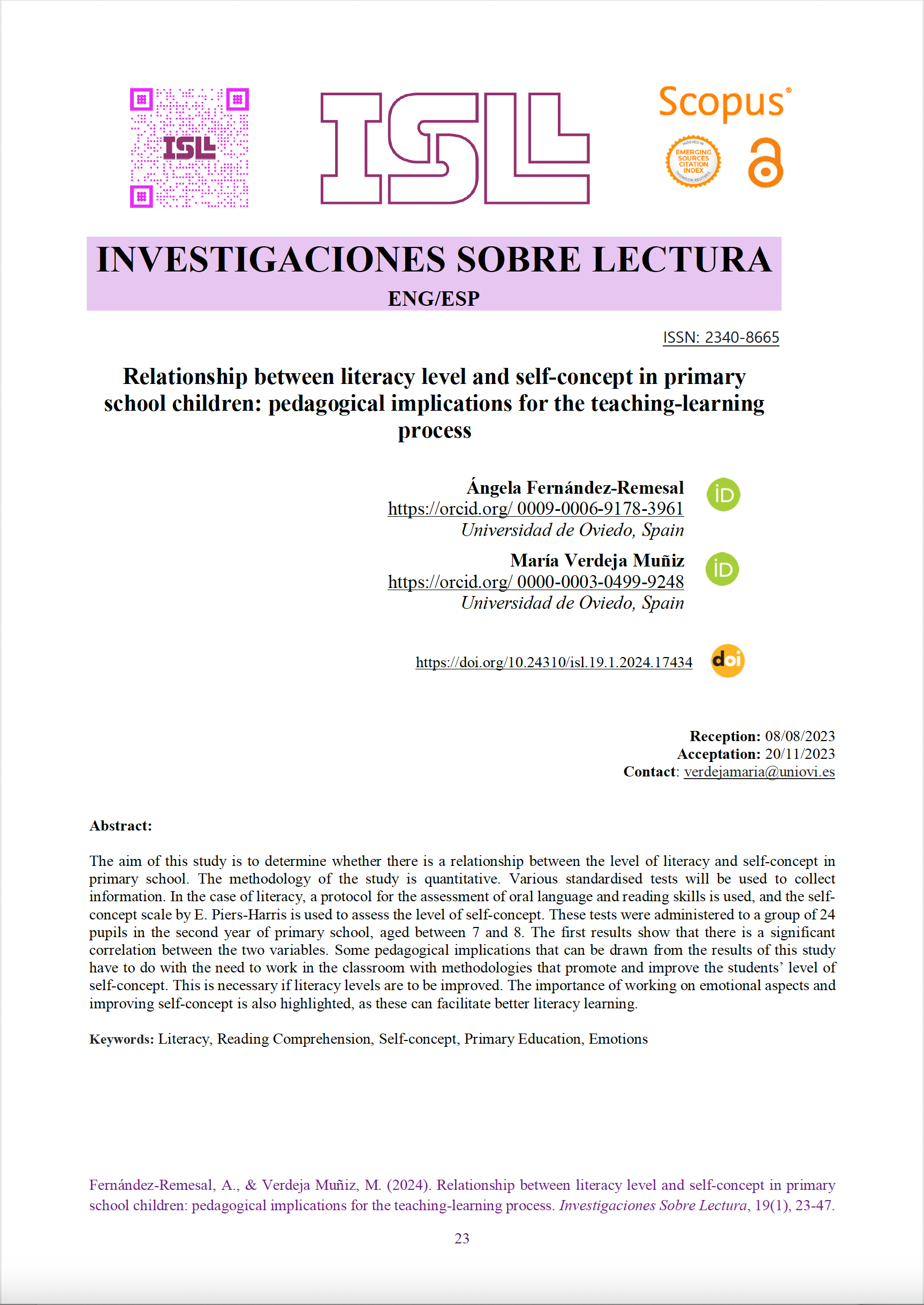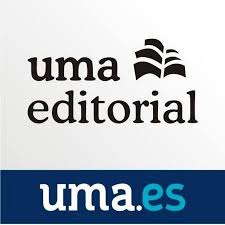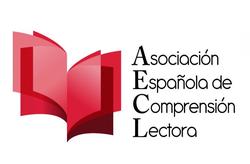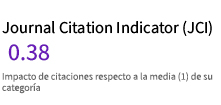Relación entre el nivel de lectoescritura y autoconcepto en el alumnado de Educación Primaria: implicaciones pedagógicas en los procesos de enseñanza-aprendizaje
DOI:
https://doi.org/10.24310/isl.19.1.2024.17434Keywords:
Literacy;, Reading comprehension;, Self-concept;, Primary education;, Emotions;Abstract
The aim of this study is to find out whether there is a relationship between the level of literacy and self-concept in Primary Education. The methodology of the study is quantitative. Different standardised tests are used to collect the information. In the case of literacy, an oral language and literacy competence assessment protocol is used, and the E. Piers-Harris self-concept questionnaire is used to assess the level of self-concept. These tests were administered to a group of 24 students in the second year of Primary Education aged between 7 and 8 years. The first results show that there is a correlation between both concepts and it seems to be significant. Some pedagogical implications derived from the results of this study have to do with the need to work in the classroom with methodologies that favour and improve the students' level of self-concept. This is necessary if literacy levels are to be improved. The importance of working on emotional aspects and the improvement of self-concept is also highlighted, as these can favour better literacy learning.
Downloads
Metrics
Publication Facts
Reviewer profiles N/A
Author statements
- Academic society
- N/A
- Publisher
- EduVerso, Universidad de Málaga
References
Acosta-Gómez, I., Escanaverino Fernández, E. M., & Cubillas Quintana, F. (2020). Comprensión de textos y conocimientos previos. Zonas de sombra y significados. FIDES ET RATIO, 19(19), pp. 125-151. https://fidesetratio.ulasalle.edu.bo/index.php/fidesetratio/article/view/62
Bravo. L. (2006) Lectura inicial y psicología cognitiva. Ediciones Pontificia.
Catalá, G., Catalá, M., Molina, E. y Monclus, E. (2001). Evaluación de la comprensión lectora. Graó.
Chávez, R. (2020). El aprendizaje de la lectoescritura en niños de 6 años. (Trabajo académico). Universidad Nacional de Tumbes, Perú.
Cohen J. (1988) Statistical power analysis for the behavioral sciences. Lawrence Erlbaum Associates Publishers.
Cuetos F. (1990). Psicología de la lectura.Wolters Kluwer.
Cuetos F. y Valle F. (1988). Modelos de lectura y aprendizaje. Infancia y Aprendizaje, 44, 3-19.
Cuetos, F., Suárez, P., Molina, M.I. y Llenderrozas, M.C. (2015). Test para la detección temprana de las dificultades en el aprendizaje de la lectura y escritura. Revista Pediatría Atención Primaria, 17, 99-107.
Decreto 57/2022, de 5 de agosto, por el que se regula la ordenación y se establece el currículo de Educación Primaria en el Principado de Asturias.
Defior, S. (1993). Las dificultades de lectura: papel que juegan las deficiencias de lenguaje. Comunicación, Lenguaje y Educación, 17, 3-13.
Elizondo, C. (2022) Neuroeducación y diseño universal de aprendizaje: una propuesta práctica para el aula inclusiva. Octaedro.
Fernández-Remesal, Ángela. (2021). Relación entre el nivel de lectoescritura y nivel de autoconcepto: Un estudio en la etapa de Educación Primaria [Trabajo Fin de Grado]. Universidad de Oviedo.
García, F. y Musitu, G. (2023). AF-5: Autoconcepto Forma 5. (5ªed.). TEA.
Gardner, H. (1995). Teoría de las inteligencias múltiples. Paidós.
González, M.C. y Tourón, J. (1992). Autoconcepto y rendimiento escolar: sus implicaciones en la motivación y en la autorregulación del aprendizaje. EUNSA.
González, M.ª J. y Delgado, M. (2007): Rendimiento en lectura e intervención psicoeducativa en Educación Infantil y Primaria. Revista de Educación, 344, 333- 354.
Goñi, E., y Fernández, A. (2007). Los dominios social y personal del autoconcepto. Revista de Psicodidáctica, 12(2), 179-194.
Gutierrez-Fresneda, R. (2022). Influencia de las estrategias cognitivas de la lectura en la mejora de la capacidad de comprensión en estudiantes de Educación Primaria. Investigaciones sobre lectura, 2(17), 77-92. https://doi.org/10.24310/isl.vi18.15140
Iglesias, R. (Diciembre 2000). La lectoescritura desde edades tempranas “consideraciones teóricas-prácticas”. Congreso Mundial de Lectoescritura, Valencia.
Instituto Nacional de estadística (INE)(2021). Abandono temprano de la educación-formación en la población de 18 a 24 años. https://www.ine.es/ss/Satellite?L=es_ES&c=INESeccion_C&cid=1259944520169&p=1254735110672&pagename=ProductosYServicios%2FPYSLayout¶m1=PYSDetalleFichaIndicador¶m3=125993749908
Morais, J. (2001) “El arte de leer”. Machado.
Mora, M.(2013). Neuroeducación. Alianza.
Ley Orgánica 3/2020, de 29 de diciembre, por la que se modifica la Ley Orgánica 2/2006, de 3 de mayo, de Educación. En Boletín Oficial del Estado (BOE), núm 340, de 30 de diciembre de 2020.
López, M. D. P., y López, J. P. (2020). Programa de detección, prevención e intervención de dificultades de lectoescritura. Revista de educación, innovación y formación: REIF, (2), 62-80. http://hdl.handle.net/10201/91788
Piers, V. y Harris, B. (1969). The Piers-Harris Children's Self-Concept Scale. Nashville, Tennesse: Counselor Recording and Tests.
Riceto, S. y Campos, G. (2008). Autoconcepto y las dificultades de aprendizaje: La enseñanza en Brasil. Rexe. Revista de Estudios y Experiencias en Educación, 14, 11-21.
Sánchez, E. (1988). Aprender a leer y leer para aprender: Características del escolar con pobre capacidad. Infancia y Aprendizaje, 44, 35-57.
Tamayo, S. (2017). La dislexia y las dificultades en la adquisición de la lectoescritura. Revista de Currículum y Formación de Profesorado, 21(1,), pp. 423-432.
Toro, J., Cervera, M. y Urio, J. (2000) Escala Magallanes de lectura y escritura. Protocolo Magallanes.
Villaroel, V. A. (2001). Relación entre autoconcepto y rendimiento académico. Psykhe: Revista de la Escuela de psicología. 10 (1): 3-18.

Downloads
Published
Versions
- 2024-06-30 (2)
- 2024-06-28 (1)
How to Cite
Issue
Section
License
Copyright (c) 2024 Ángela Fernández Remesal, María Verdeja Muñiz

This work is licensed under a Creative Commons Attribution-NonCommercial-ShareAlike 4.0 International License.
All contents published in Investigaciones sobre la Lectura are protected under the Creative Commons Attribution-NonCommercial-ShareAlike 4.0 International (CC BY-NC-SA 4.0) license. All about this license is available in the following link: <http://creativecommons.org/licenses/by-nc-sa/4.0>
Users can copy, use, redistribute, share and exhibit publicly as long as:
- The original source and authorship of the material are cited (Journal, Publisher and URL of the work).
- It is not used for comercial purposes.
- The existence of the license and its especifications are mentioned.
There are two sets of authors’ rights: moral and property rights. Moral rights are perpetual prerogatives, unrenounceable, not-transferable, unalienable, imprescriptible and inembargable. According to authors’ rights legislation, Investigaciones sobre la Lectura recognizes and respects authors moral rights, as well as the ownership of property rights, which will be transferred to University of Malaga in open access. The property rights are referred to the benefits that are gained by the use or the dissemination of works. Investigaciones sobre la Lectura is published in an open access form and it is exclusively licenced by any means for doing or authorising distribution, dissemination, reproduction, , adaptation, translation or arrangement of works.
Authors are responsable for obtaining the necessary permission to use copyrighted images.











31.png)









